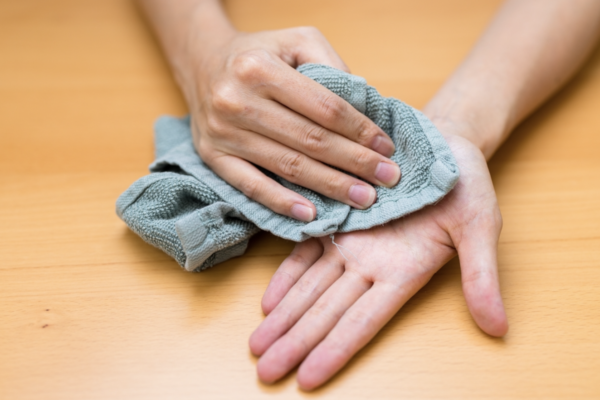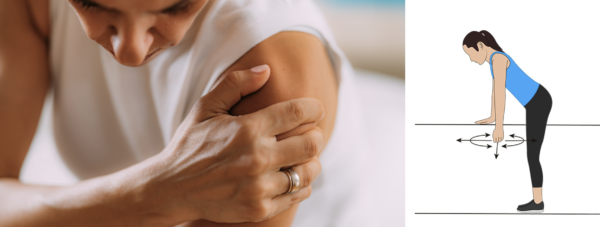📌 Whenever a patient complains of dizziness, finding the cause is always challenging. Several factors can cause dizziness, including inner ear problems, neurological disorders, and cardiovascular problems. It is my experience, however, that a neck problem is often a contributor to dizziness.
How does cervicogenic dizziness occur?
👉🏻 Cervicogenic dizziness occurs when your cervical spine (neck) is the main area of malfunction. In your neck, there are sensors that detect movement and position. If your head’s motion sensors (vestibular system) don’t match your neck’s motion sensors, your brain gets confused, resulting in dizziness. This “confusion” is the primary cause of cervicogenic dizziness.
What are the symptoms?
👉🏻 Cervicogenic dizziness has different symptoms, patterns, and progressions among patients. Symptoms experienced by most individuals include:
- Lightheadedness, dizziness, motion sensitivity
- When neck symptoms worsen, dizziness increases
- Tender trigger points or tense muscle tissue in the neck
In most cases, symptoms develop gradually over time instead of suddenly and intensely, unless neck trauma is involved.
How TCM can help?
❤️ TCM differentiates various patterns based on the underlying disharmonies causing the dizziness.
Common patterns:
- Liver Yang Rising: It is often associated with emotional stress or hypertension, which can contribute to neck tension.
- Kidney Essence Deficiency: Often seen in elderly or chronically ill individuals, it can lead to insufficient nourishment of the brain and spine, leading to CGD.
- Phlegm-Dampness Obstructing the Head: Poor digestion or fluid retention can cause phlegm and dampness to accumulate, obstructing Qi and blood flow to the head, causing CGD.
- Blood Deficiency: Poor nutrition or blood loss can cause anemia, where the brain and muscles are not properly nourished.
⚡️ Chinese Herbal Medicine is therefore selected based on the individual’s TCM diagnosis and underlying pattern.
📌 Using an acupuncture needling technique to target the cervical spine and suboccipital muscles can help reduce muscle tension, improve mobility, and reduce dizziness. In most cases, I combine electric stimulation to stimulate blood flow more to the areas.
❤️ To achieve optimal results, TCM is often used in conjunction with other modalities such as Vestibular rehabilitation, Massage, Qigong exercises, as well as nutrition therapy.



